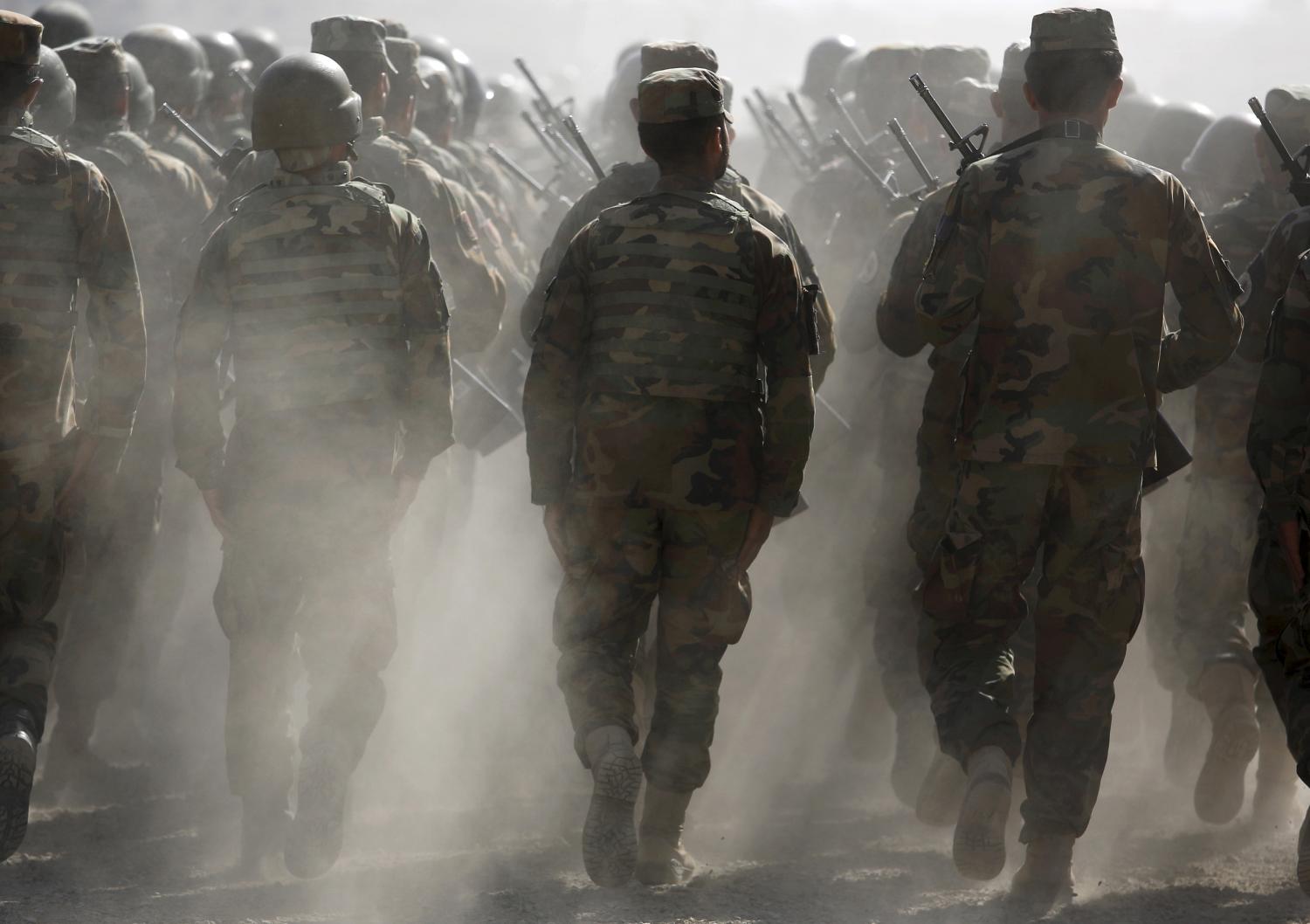Vanda Felbab-Brown writes that after more than a decade of struggles against al-Qaida and the Taliban, U.S. President Barack Obama hoped to extricate the United States from participating militarily in Afghanistan’s counterinsurgency. But as the end of his presidency approaches in the summer of 2016, Afghanistan again faces crisis. Very few trends in the country are going well. The U.S. drone killing of the Taliban leader Mullah Akhtar Mohammad Mansour in Baluchistan, Pakistan in May 2016 provides a fillip to the embattled Afghan government and may in the long-term result in fragmentation and internal withering of the Taliban. But that outcome is not guaranteed nor likely to materialize quickly. In fact, the Taliban swiftly announced Mawlawi Haibatullah Akhundzada, a deputy to Mullah Mansour, as its new leader to avoid the tensions and chaos that surrounded Mansour’s appointment.
The Taliban has mounted and sustained its toughest military campaign in years, and the war has become bloodier than ever. Despite the Taliban’s internal difficulties, its military energy shows no signs of fizzling out. The influence of the particularly vicious Haqqani network within the Taliban has grown. Moreover, the Islamic State established itself in Afghanistan in 2015, although it faces multiple strong countervailing forces.
Most ominously, Afghanistan’s political scene remains fractious and polarized. The National Unity Government of President Ashraf Ghani and his chief executive officer and rival Abdullah Abdullah (created in the wake of the highly contested presidential elections of 2014) has never really found its feet. Fundamental structural problems of the government remain unaddressed, and after two years in power the government may face its end as a result of a possible Loya Jirga assembly in the fall of 2016. Even if the Jirga does not meet, Afghanistan’s leadership will face potentially debilitating crises of legitimacy. Afghanistan’s elite has not taken any steps to heal the country’s deep and broad political wounds. Instead, the dominant mode of politics is to plot the demise of the government and focus on a parochial accumulation of one’s power at the expense of the country’s national interest, and even the very survival of the post-2001 order.
Struggling to deliver the promised improvements in government efficiency and reduction in corruption, President Ghani staked the two first years of his presidency on negotiations with the Taliban. In order to facilitate the negotiations, he reached out to Pakistan in a daring and politically costly gambit in the fall of 2014 and repeatedly since. The payoff so far has been limited and Ghani’s political space is shrinking. The death of Mullah Mansour is likely to complicate the process even more.
In the paper, Felbab-Brown discusses the evolving international support for Afghanistan; military developments in Afghanistan since the fall of 2014 and the intensity of the Taliban’s battlefield thrust; the Taliban’s internal cohesion, fragmentation and leadership successions; President Ghani’s outreach to Pakistan and the effort to negotiate with the Taliban; and Afghan political processes and trends.




